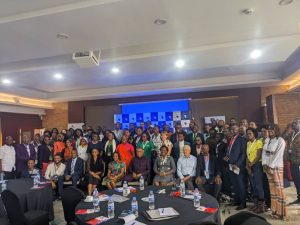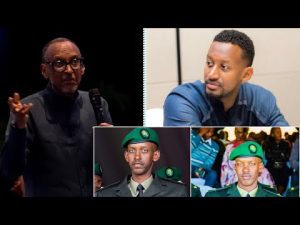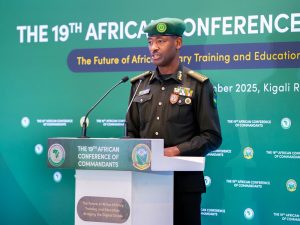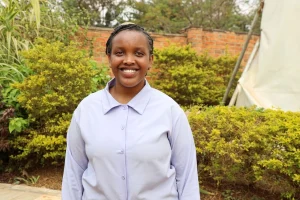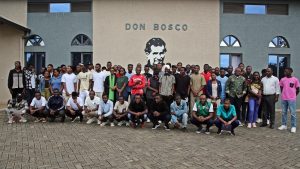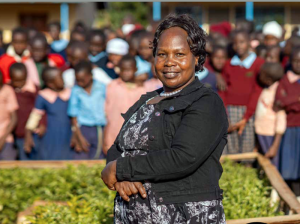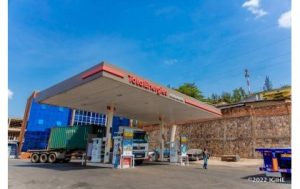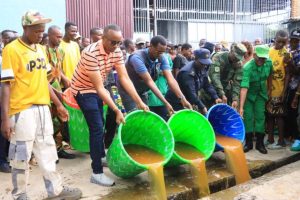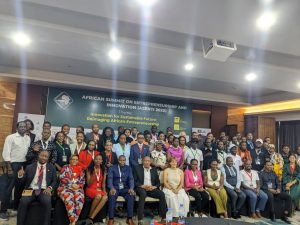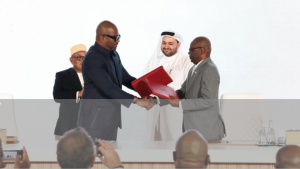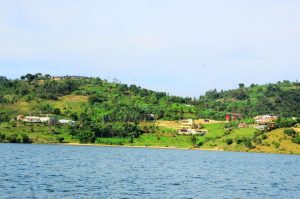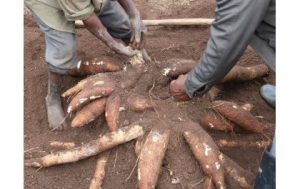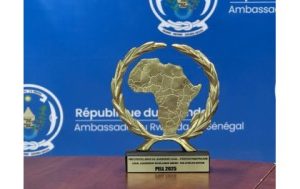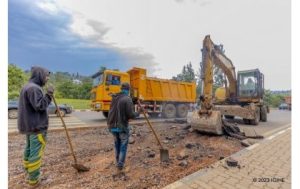Rwanda and Burundi: A Tale of Two Nations on Diverging Development Paths
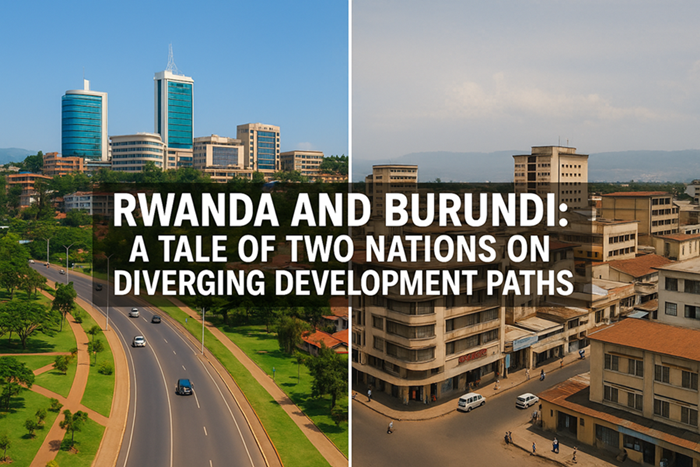
By: Fred Mfuranzima
In the heart of Africa’s Great Lakes region lie two nations with a shared history, culture, and language—Rwanda and Burundi. Born from similar colonial legacies and marked by parallel tragedies of civil war and ethnic conflict, the two countries have walked different paths in their pursuit of peace, development, and modernization. Today, Rwanda is frequently cited as a model for post-conflict transformation, while Burundi continues to face serious challenges in its economic and political journey. This article explores their contrasts in development, economy, modernization, and international image.
1. Governance and Political Climate
Rwanda has forged a reputation for political stability and centralized governance under the leadership of President Paul Kagame. The government has emphasized strong institutions, national unity, and zero tolerance for corruption. While critics point to restricted political freedoms and tight media control, Rwanda’s internal order has laid a foundation for long-term planning and economic growth.
In contrast, Burundi continues to struggle with political turbulence. The legacy of past coups and civil unrest still affects governance today. The political climate remains tense, and democratic reforms have been slow. This instability undermines investor confidence and slows progress in public service delivery and infrastructure development.
2. Economic Growth and Development
Rwanda’s economy has consistently recorded robust growth, averaging between 6% and 8% over the past decade. The country has invested heavily in infrastructure, services, ICT, and tourism, aiming to transform itself into a middle-income country by 2035 under its “Vision 2050” strategy. The capital, Kigali, is renowned for its cleanliness, safety, and organization—rare feats in the region.
Burundi, by contrast, remains one of the poorest countries in the world, with over 65% of its population living below the poverty line. Agriculture dominates the economy, yet remains largely subsistence-based. Economic growth has been modest—often hovering around 1–3%—with high unemployment, limited diversification, and low investment in innovation.
3. Infrastructure and Technology
Rwanda has embraced modernization and technology as key drivers of development. It was the first African country to launch a national drone delivery system for medical supplies and is pushing toward a cashless economy. Kigali has emerged as an African innovation hub, with start-up incubators, smart city initiatives, and strong ICT integration in schools and public services.
Burundi lags significantly in this area. While some progress is being made in expanding access to electricity, internet, and telecommunications, digital transformation is slow, and investment in innovation remains minimal. Infrastructure, particularly roads and public transport, is often in disrepair, especially outside the capital Bujumbura.
4. Human Development: Health and Education
Rwanda has made substantial progress in healthcare and education. Its community-based health insurance program (Mutuelle de Santé) has expanded access to healthcare for millions, and partnerships with institutions like the University of Global Health Equity are building a skilled medical workforce. Primary school enrollment has improved, and emphasis on girls’ education and STEM is rising.
Burundi, while making efforts, faces more acute challenges. The health sector is underfunded, maternal and child mortality remain high, and access to health services is uneven. Education is hindered by low teacher salaries, school infrastructure deficits, and high dropout rates. Literacy levels remain below Rwanda’s, especially in rural areas.
5. Gender Equality and Social Inclusion
Rwanda leads the world in women’s representation in politics, with women holding over 60% of parliamentary seats. Women occupy leadership roles across sectors, and legal reforms have improved gender equality in land ownership and inheritance.
In Burundi, despite some improvements, gender inequality persists. Women face systemic barriers in political participation, education, and economic empowerment. Cultural norms and weak enforcement of gender policies continue to hinder progress.
6. Environmental Stewardship and Tourism
Rwanda has become a global symbol of eco-tourism and environmental care. The country banned plastic bags as early as 2008, actively reforests its hills, and has created protected zones like Volcanoes National Park and Nyungwe Forest, drawing thousands of tourists each year to see mountain gorillas and rich biodiversity.
Burundi has similar environmental treasures—Lake Tanganyika, Kibira Forest, and the Rusizi River—yet tourism is underdeveloped. Limited infrastructure, poor promotion, and political instability have kept the sector from becoming a viable economic engine.
7. International Relations and Image
Rwanda’s post-genocide recovery has earned global admiration. It has hosted major international conferences like the Commonwealth Heads of Government Meeting (CHOGM) and World Economic Forum Africa, and more in sports, entertainment and perfomances on global scare positioning itself as a thought leader in African development. The country maintains active diplomacy and peacekeeping efforts across the continent.
Burundi’s international image remains constrained by reports of human rights abuses, restricted media freedom, and tense relations with some Western countries. The government’s increasing isolation has reduced its visibility in global development forums and weakened its international partnerships.
Conclusion: Two Trajectories, One Region
Though Rwanda and Burundi share deep historical and cultural ties, their development trajectories have sharply diverged. Rwanda’s focused investments in governance, infrastructure, gender equality, and innovation have positioned it as a beacon of modern African progress. Burundi, still grappling with the aftershocks of conflict and underdevelopment, must strengthen its institutions and embrace inclusive, people-centered policies to unlock its full potential.
Yet, both nations remain vital players in the future of the Great Lakes region. Their fates are intertwined, and collaboration in peacebuilding, trade, and regional integration could yield mutual benefits. As one rises, so too must the other, for the promise of progress is always greater when shared.
Sources:
– World Bank Development Indicators (2024)
– UNDP Human Development Reports
– Transparency International Index
– Rwanda Vision 2050 Policy Framework
– African Development Bank Burundi Country Strategy Paper

SUBSCRIBE TO OUR NEWSLETTER

